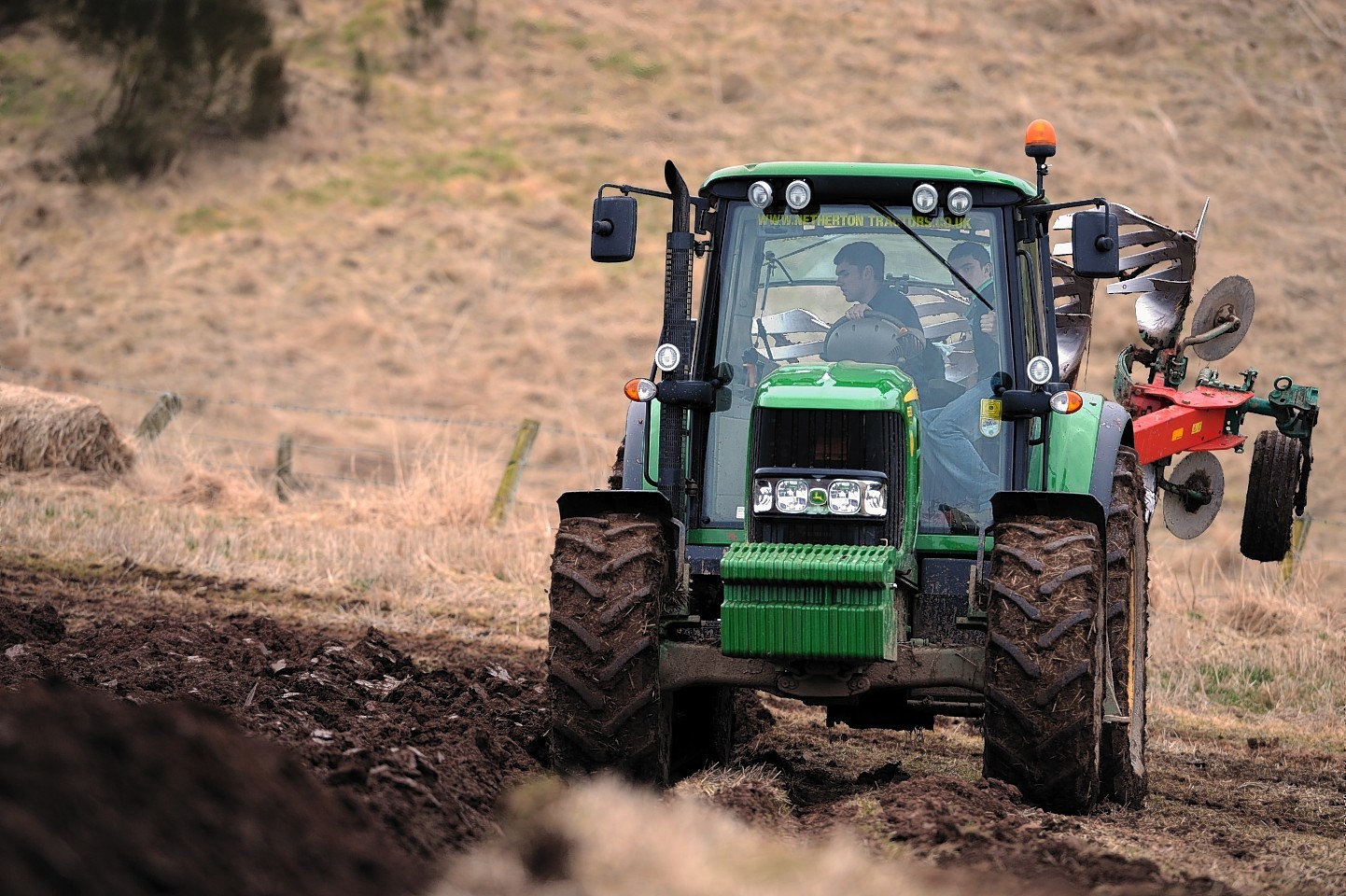Young farmers in Scotland are being targeted as part of a scheme to urge agriculture’s next generation to rethink the way it approaches farm safety.
A survey of more than 500 farmers found that more than half (51%) of those aged 18-30 are prepared to take risks when doing jobs around the farm, while 38% will cut corners, even if it makes a job less safe.
The survey, carried out on behalf of the Farm Safety Foundation, also discovered that 47% of young farmers tackle potentially risky repair jobs despite not having the right skills, while 16% will follow instructions even if they know it is not safe to do so.
In a bid to try and reverse these figures, the Farm Safety Foundation, a charitable trust set up by rural insurer NFU Mutual, is targeting young farmers directly to improve their attitudes towards safety.
It hopes through offering training days at agricultural colleges, young farmers will think about safety before they enter the industry full-time, and gain confidence to challenge situations they think are unsafe.
A pilot version of the scheme, held at SRUC’s Barony campus, Dumfries, on Tuesday, saw students being shown mock-ups of a variety of farm accidents, including incidents involving ATVs, telehandlers and slurry.
They were then tasked with assessing what happened, what their first response should be, and what steps should be taken to prevent the accident from happening again.
The foundation’s Stephanie Berkley said getting the students immersed in an accident scene was more effective than simply giving health and safety training in a classroom.
“A split-second accident on a farm can change lives, and not just those of the people who are injured,” she said.
“That’s why we need people to think about the risks and changing their attitude to health and safety.”
Ms Berkley said the foundation would be rolling the safety days out to 12 colleges across the UK this year, and it hoped to see them eventually being held in all 54 agricultural colleges as part of the induction process for new students.
“We also want to target people who are going into farming though the vocational route, so we are working with the HSE and with the Scottish Association of Young Farmers Clubs to hold safety and health awareness days in the coming months,” she added.
The risks young farmers take:
– 27% don’t always wear safety gear
– 20% don’t always use livestock handling equipment
– 19% don’t always check the safety of others
– 18% don’t always check for hazards
– 15% work unsafely with slurry
– 14% don’t check tractors or machinery before using them
– 33% say their behaviour is inherited from the way their father worked
